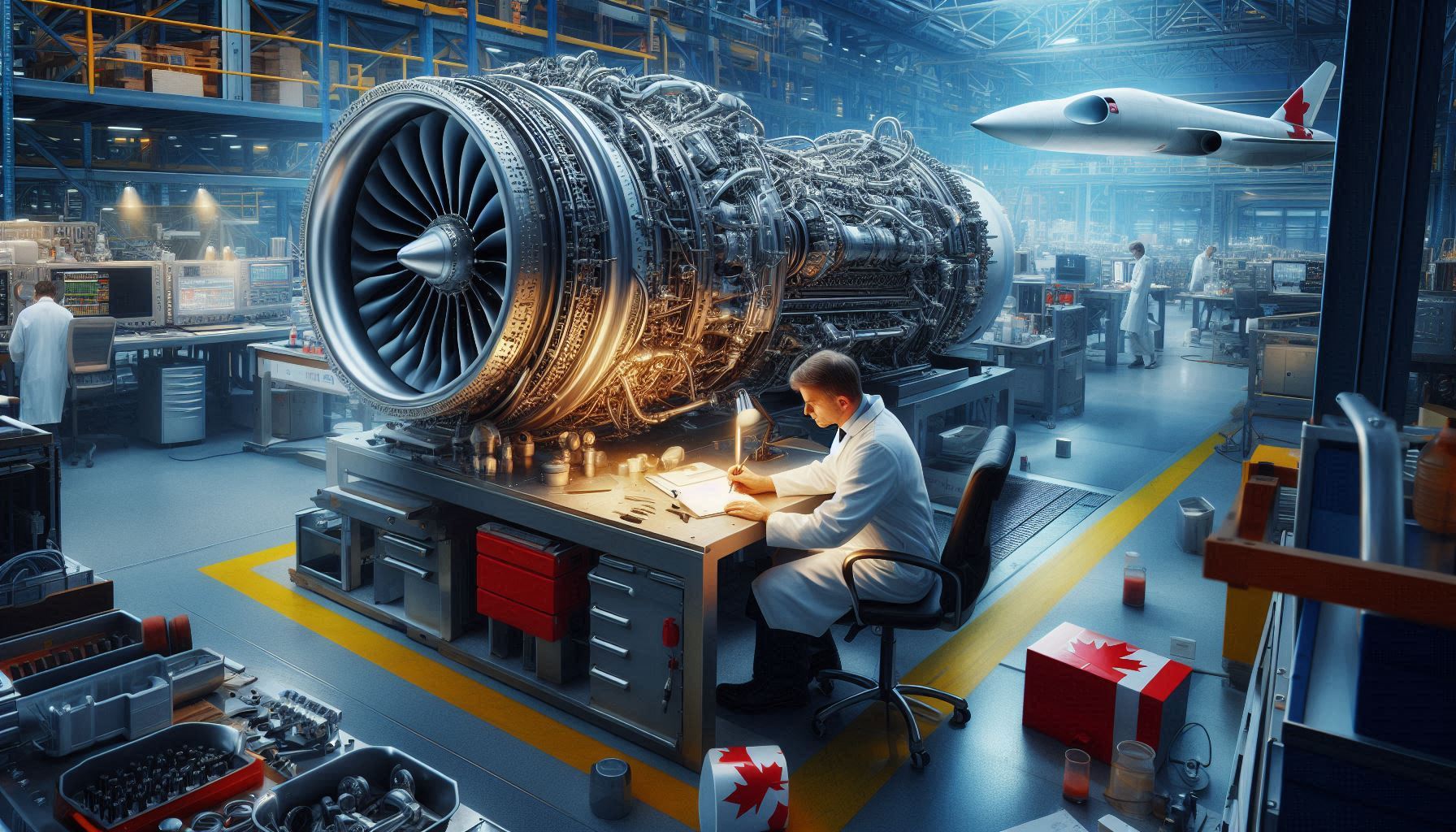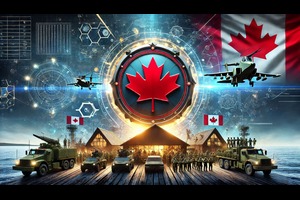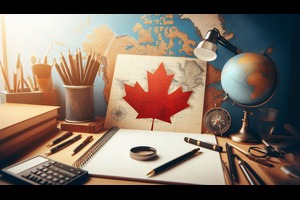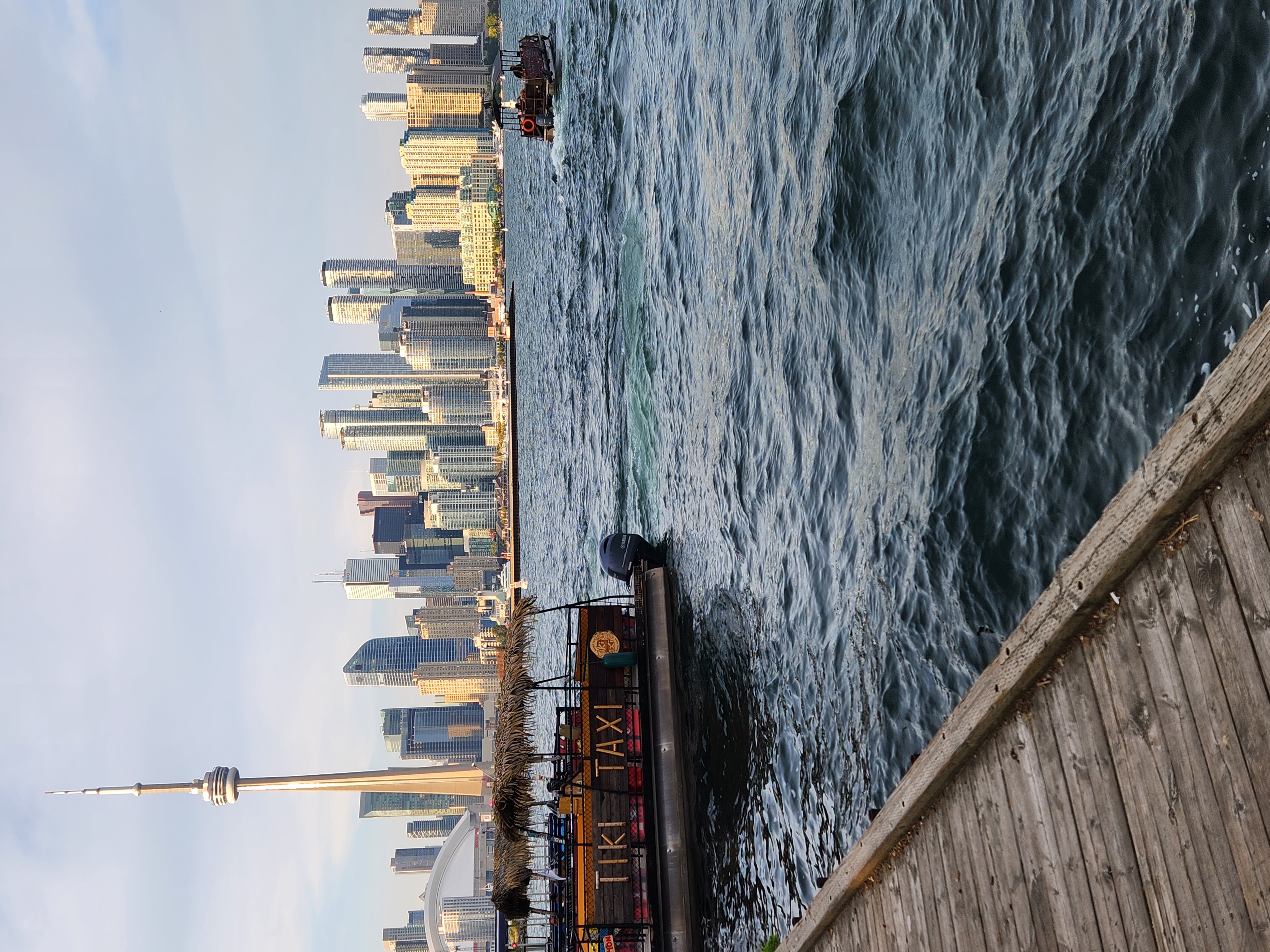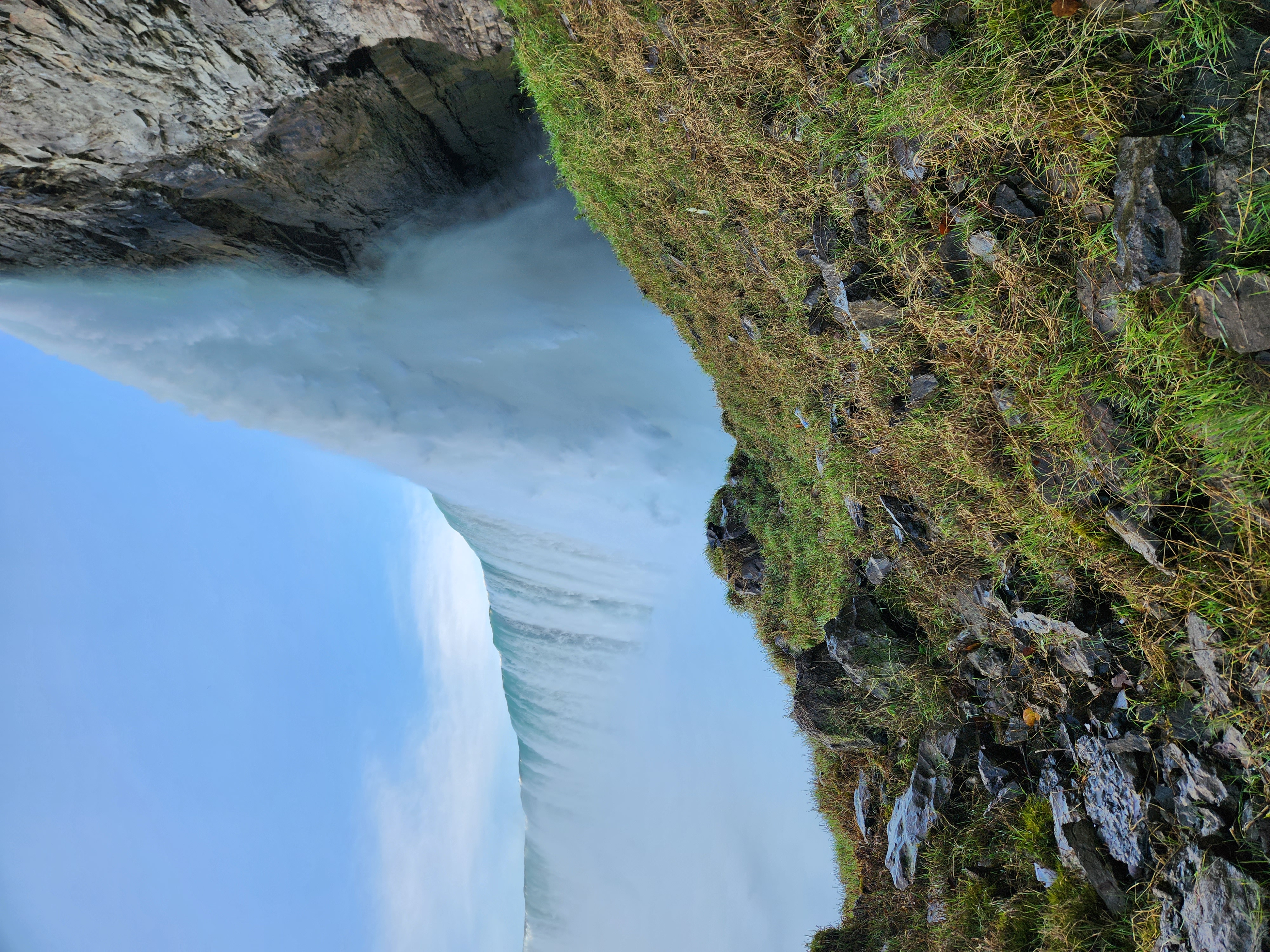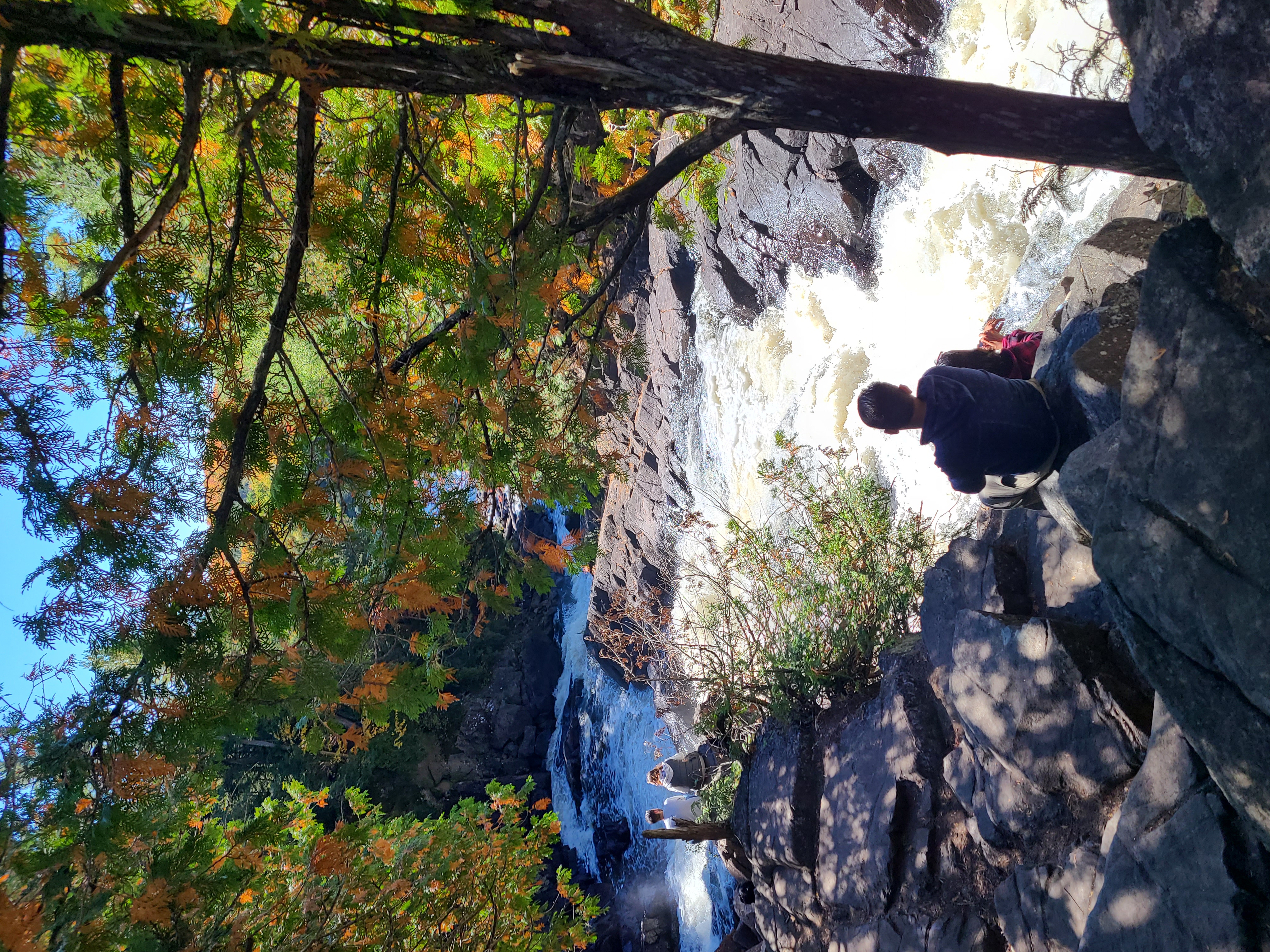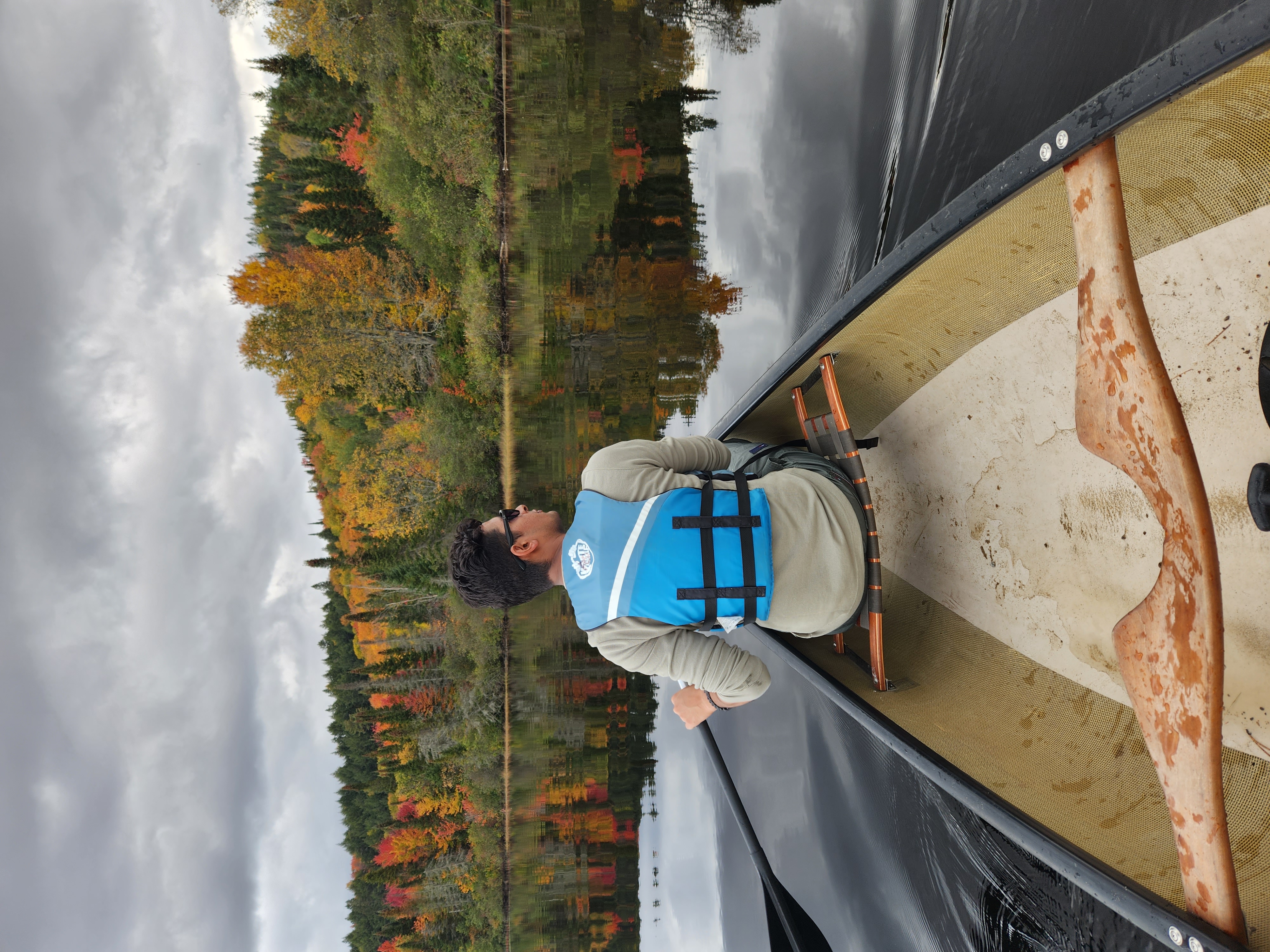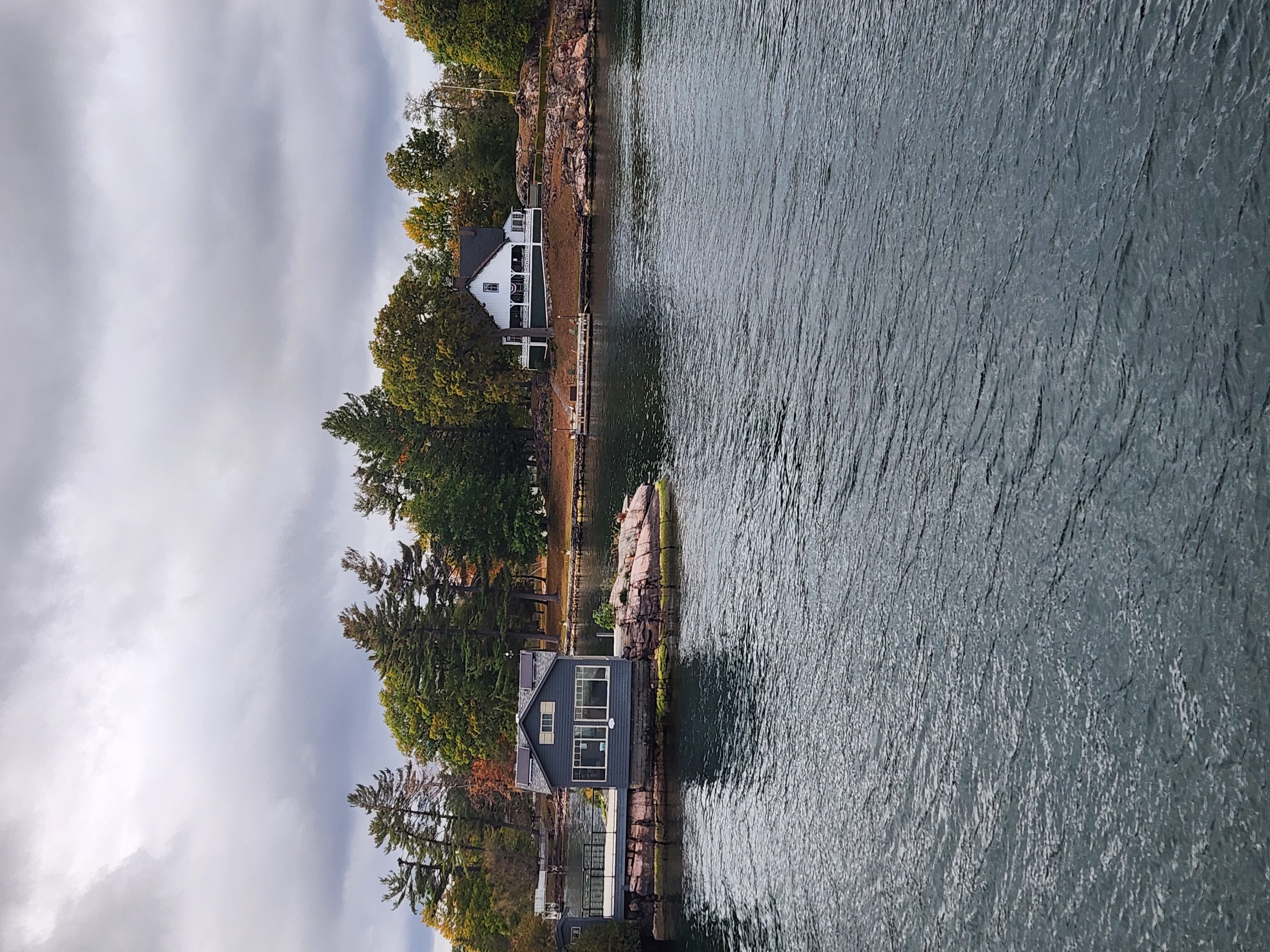For decades, Canada’s military has been defined by its peacekeeping ethos, a legacy built on its role in United Nations operations and its commitment to diplomacy over aggression. But in an era of shifting geopolitical dynamics, evolving threats, and heightened global instability, Canada’s defence posture is undergoing a remarkable transformation. No longer content with a supporting role in international security, Canada is redefining its military capabilities, reinforcing its commitments to NATO, and expanding its global presence.
A Strategic Pivot
The world today looks vastly different than it did even a decade ago. Rising tensions in Eastern Europe, the growing assertiveness of China in the Indo-Pacific, and the increasing sophistication of cyber threats have compelled Canada to rethink its military strategy. In 2017, the Trudeau government released the Strong, Secure, Engaged defence policy, promising an unprecedented investment of $553 billion over 20 years to modernize the Canadian Armed Forces (CAF). This marked a significant departure from the country’s historical approach, prioritizing operational readiness and capability enhancement over passive peacekeeping.
One of the clearest indications of this shift came in early 2023, when Canada committed to a major military expansion in Eastern Europe. With Russia’s war in Ukraine showing no signs of abating, Canada announced an increase in its military deployment in Latvia, where it leads a NATO battle group. The move underscores Ottawa’s willingness to take a leadership role in European security, providing troops, equipment, and training to counter potential Russian aggression.
Bolstering Defence Capabilities
As part of its evolving defence strategy, Canada is making substantial investments in its military hardware. In January 2023, Ottawa finalized a deal to purchase 88 F-35 fighter jets from Lockheed Martin, a $19 billion investment aimed at replacing the aging fleet of CF-18s. This acquisition aligns Canada with NATO allies who also operate the fifth-generation stealth aircraft, ensuring interoperability in future combat scenarios.
Additionally, the Royal Canadian Navy is undergoing a significant overhaul. The National Shipbuilding Strategy, a long-term initiative designed to revitalize the country’s naval fleet, includes the construction of 15 new Canadian Surface Combatants (CSCs) to replace aging Halifax-class frigates. These new vessels, designed to enhance maritime security, are expected to bolster Canada’s presence in both the Arctic and Indo-Pacific, areas of increasing geopolitical significance.
The Arctic Frontier
Canada’s Arctic has become a focal point of military strategy as climate change accelerates ice melt and opens new maritime routes. With global powers like Russia and China expanding their Arctic operations, Canada is stepping up its own presence. The federal government has pledged billions to upgrade NORAD’s early-warning systems, develop new Arctic surveillance technology, and enhance the capabilities of the Canadian Rangers, a reserve force that operates in the North.
“In the past, we assumed our geography provided a natural defence,” said General Wayne Eyre, Chief of the Defence Staff. “That’s no longer the case. We need to be proactive in securing our Arctic sovereignty.”
Global Commitments
Beyond its borders, Canada is expanding its footprint in the Indo-Pacific, recognizing the region’s growing strategic importance. In 2022, Ottawa released its Indo-Pacific Strategy, pledging $500 million in defence investments, including increased naval deployments and enhanced partnerships with allies such as Japan and South Korea. The move reflects a broader shift toward countering China’s rising influence and maintaining regional stability.
At the same time, Canada remains steadfast in its commitment to humanitarian missions. Whether through disaster relief in the Caribbean or peacekeeping training programs in Africa, the country continues to balance its growing military assertiveness with its traditional diplomatic approach.
A Nation Transformed
As Canada deepens its military engagement on multiple fronts, the question remains: Can it sustain this momentum? While defence spending is at historic levels, challenges persist—ranging from personnel shortages to bureaucratic delays in procurement. Nonetheless, the direction is clear. Canada is no longer merely a middle power on the sidelines; it is emerging as a formidable force in global security.
With its increased NATO presence, strategic Arctic investments, and growing Indo-Pacific engagement, Canada’s defence evolution is a reflection of a changing world. In an era where military readiness is paramount, the nation is positioning itself as a key player—one that is prepared not just to respond to threats, but to shape the global security landscape in the years to come.

